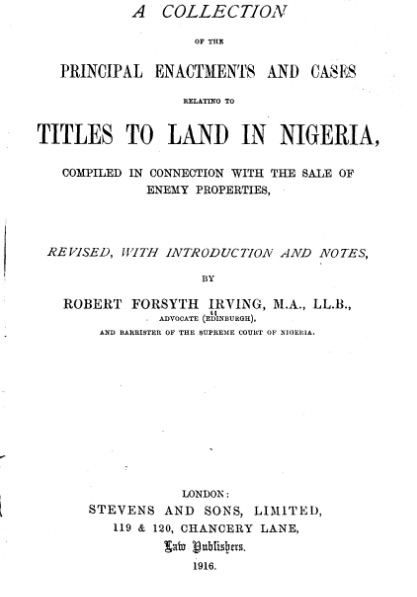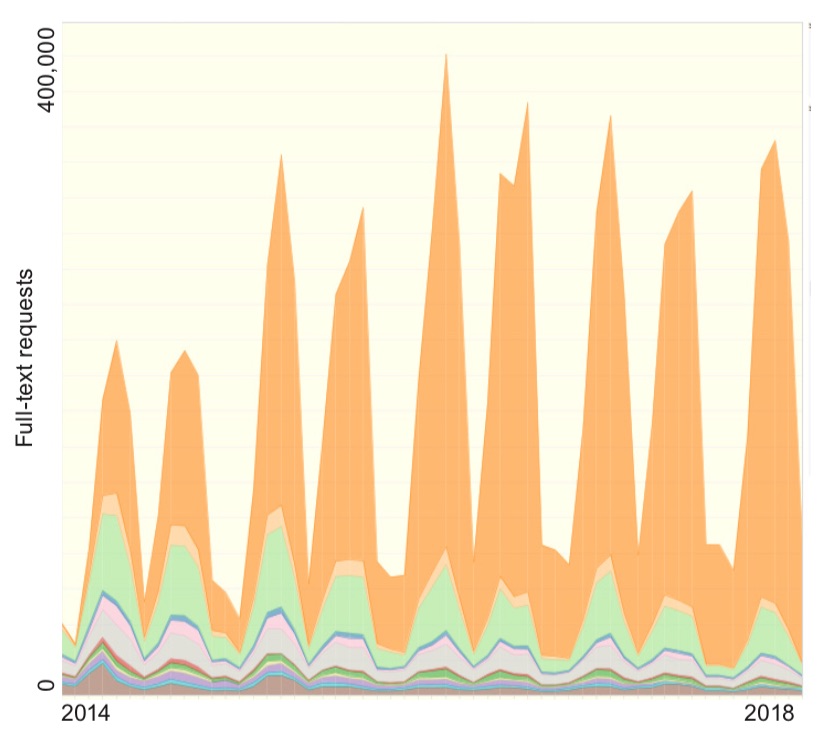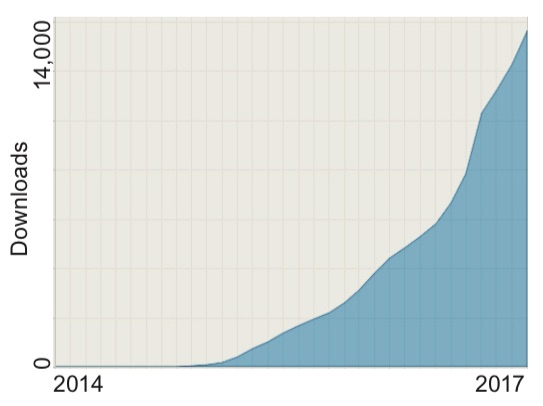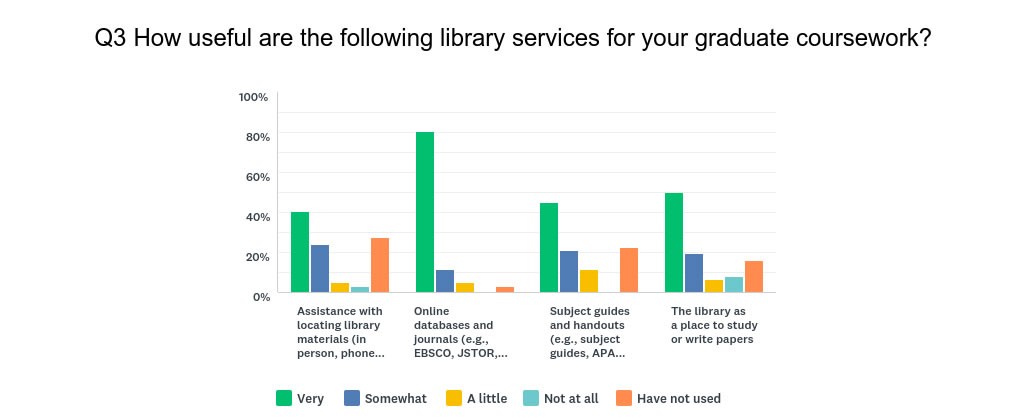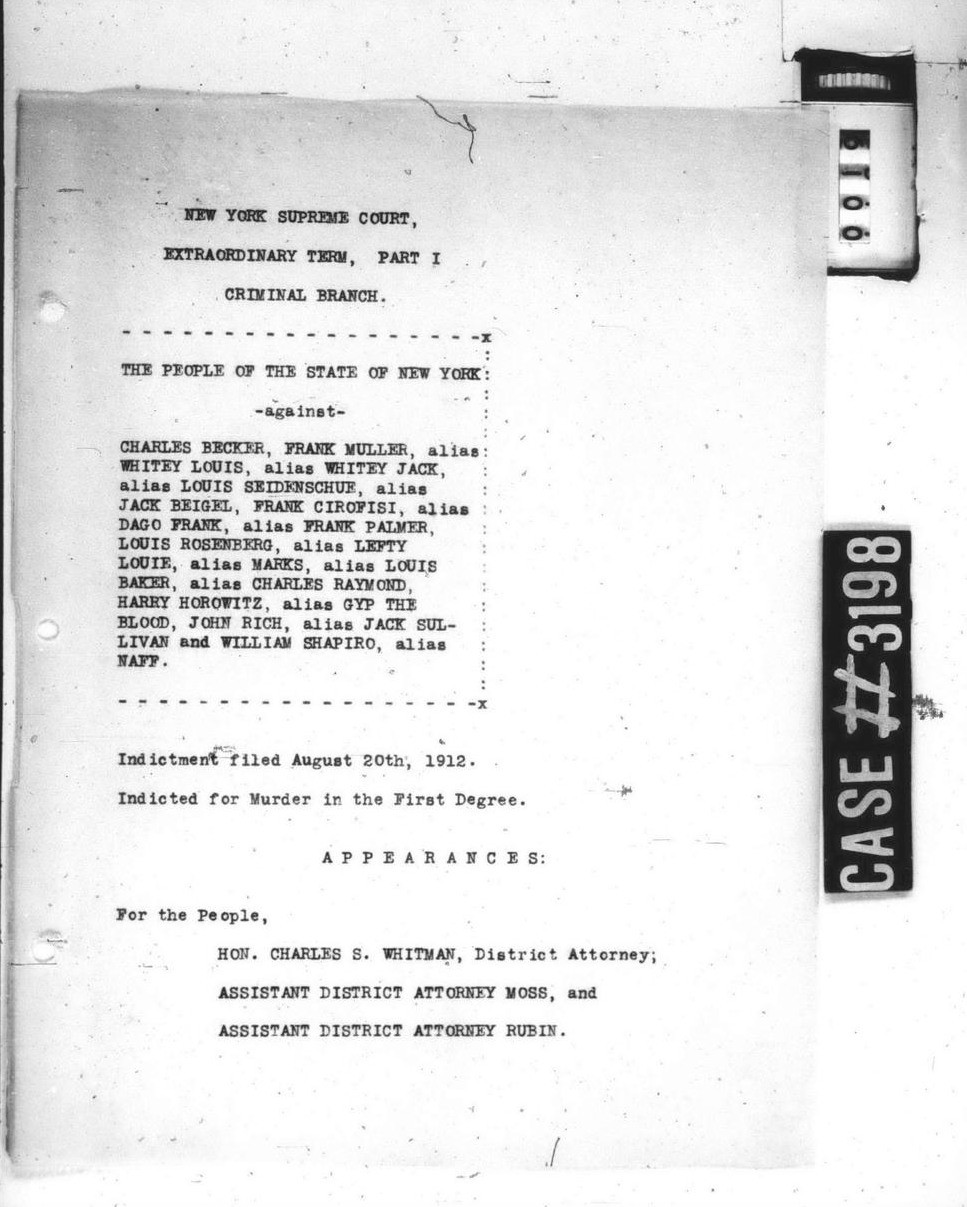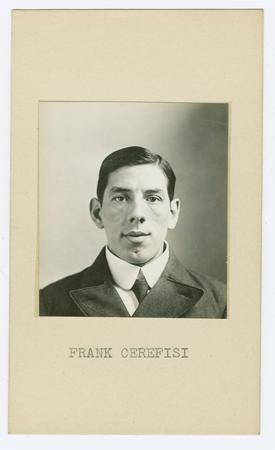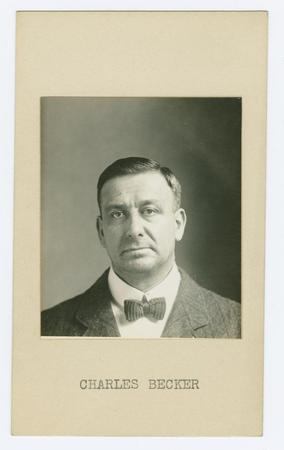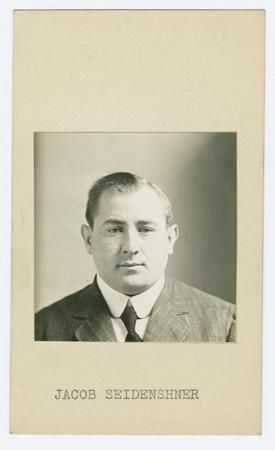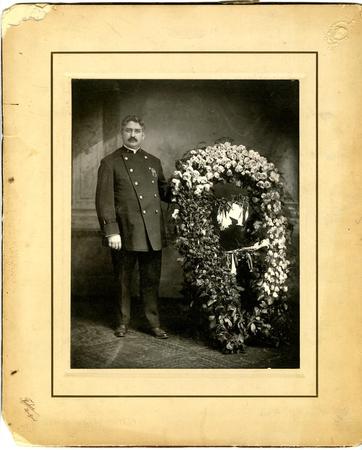Vee Herrington
How do we define justice at John Jay College? What if the instructors had a collection of key readings on justice, serving as a springboard for classroom discussions—an intellectual hub for conversations? These questions were the impetus for the creation of the John Jay Justice eReader.
As part of the Open Educational Resources (OER) course conversion project, the Justice eReader proposal was conceptualized in 2017 by Ray Patton, Director of Educational Partnerships and General Education, and Gina Foster, Director of Teaching and Learning Center. Patton and Foster describe the project as “...a collection of key texts on the topic of justice, broadly defined, that will function as an intellectual hub for conversations about justice among undergraduate students and their teachers at the college. By drawing texts from a variety of disciplinary and interdisciplinary areas of study, it will serve as a resource for John Jay faculty searching for classroom reading materials, as well as for those seeking to broaden their disciplinary expertise. By using material that can be accessed by our students without cost—including openly licensed and library licensed materials—it will serve the college’s commitment to making education accessible ‘to traditionally underrepresented groups.’ In keeping with John Jay’s identity as a Hispanic Serving Institution, it will include contributions originally written in Spanish as well as in English.”
The content of the eReader constantly evolves, including a core of key texts that define the concept of justice at John Jay and a periphery of supplementary texts of interest from a variety of disciplinary and topical perspectives. In terms of access, it will be available in three descending layers of openness:
- Open source texts, available to the public
- Texts licensed by the Lloyd Sealy Library, available to the John Jay community
- Recommended texts, available to those who choose to purchase them
As the OER Librarian at John Jay, I have been a part of this project since the inaugural stage. I serve as a consultant to the faculty and also as the administrator of the John Jay Justice eReader website.
Stage 1 in Creating the eReader: The Inaugural Stage
A call went out to the faculty in Fall 2017, inviting those interested to serve on the board of the project. We were looking for faculty who would bring a distinctive set of scholarly assets to the project with diverse approaches and backgrounds. As the Founding Editorial Board, they will not only get the reader started but will also set the tone for how the project unfolds in the future.
After a review of the CVs, the Justice eReader Editorial Board was selected:
- Jamie Longazel, Associate Professor, Political Science
- Suzanne Oboler, Professor, Latin American and Latina/o Studies
- Olivera Jokic, Associate Professor, English and Gender Studies
- María Julia Rossi, Assistant Professor, Modern Languages and Literature
- Matthew Perry, Associate Professor, History
- Jessica Gordon Nembhard, Professor, Africana Studies
Stage 2: The Ideation and Planning Phase
This stage was hard. We knew we wanted to build an eReader, but beyond wanting it to be online and open, we had lots of planning to do and many questions to consider:
- How does one access the eReader, and what will it look like? An online book? A searchable database?
- How do we select the readings?
- If it is a searchable database, which application should we use?
- How will we get other faculty to vet and submit important justice readings?
The eReader is organized in two parts. Part One, Texts for Teaching and Learning about Justice, is a small, curated collection of texts on the topics of “thinking about justice,” “what is justice?,” and “the meaning of justice.” Texts in this section are considered key readings about justice. Part Two, Subjects and Topics in Justice, is a larger collection of texts and other resources arranged topically into categories and assigned tags to facilitate searching.
Stage 3: Selecting Texts
Even though we did not know at this point what the actual eReader would look like, we decided to jump in and just begin. In this phase, the Editorial Board started posting texts about justice on a shared spreadsheet. These selections were interdisciplinary and represented what each board member felt was an important text in justice. The eReader was starting to move from an idea to something concrete. We gathered statistics based on the submissions: which disciplines were represented (e.g., Africana Studies, Latinx Studies, Gender Studies)? Which subjects and topics about justice were covered (e.g., inequality, activism, rights)? Where were the topic and subject gaps in the submissions?
Stage 4: Initial Design Phase
We now had to consider how to present the eReader. How is it accessed? With input from the board, I investigated several platforms to host the eReader. A platform that was open and easily searchable would work best. This ruled out an ebook format. We settled on a CUNY Academic Commons site, which uses WordPress, and built a prototype. For creating a searchable database for posting and accessing the submissions, the taxonomy and database features of WordPress were ideal. The entire site is searchable, but the submissions can also be accessed using customized categories and tags.
Readings fall into two categories, Chronology and Geography. Chronology reflects the time with the oldest submission being an ancient text “Code of Hammurabi” (c. 1800 BCE). Texts are also sorted into Geography categories representing different regions of the world.
Tags reflect the curriculum, topics, and subjects taught in the classroom, such as Immigration and Law/Legal. The tags were selected by the board, based partly on surveys of faculty, staff, and students, and partly in consideration of the areas addressed by the Justice Core portion of the curriculum. So far, Activism, Africana Studies, Inequality, Latinx Studies and Race are the top tags by number of readings, which is reflected in a tag cloud on the eReader site. However, this is still the very beginning stages of the eReader and will probably change as the eReader evolves.
Stage 5: Outreach
The next phase of the project is to get the word out to the faculty about the Justice eReader and to ask for submissions. The Editorial Board presented at Faculty Development Day (FDD) in Fall 2018. The presentation was later followed up by an email to faculty members who teach in the Justice Core portion of the general education curriculum. They were invited to preview the prototype eReader and to recommend texts and resources that are freely available online or through the library. In addition, participants teaching a zero-textbook cost Justice Core course section may be eligible for a $750 Open Education Resources grant payment.
As new faculty readings are submitted and vetted, the eReader will evolve as a living document and serve as an intellectual hub for conversations about justice at John Jay College. It is first and foremost a resource for teaching and learning. The Editorial Board designed it for integration in courses in the John Jay Justice Core of the general education curriculum, consisting of 100-level “Justice and the Individual” and 300-level “Justice in the US and Justice in Global Perspective.” The Justice eReader is designed to meet the needs and interests of Justice Core faculty and students. Even though the eReader is still in its infancy, it will continue to grow and evolve—facilitating the open sharing of teaching resources among John Jay faculty.
More from the Spring 2019 newsletter
